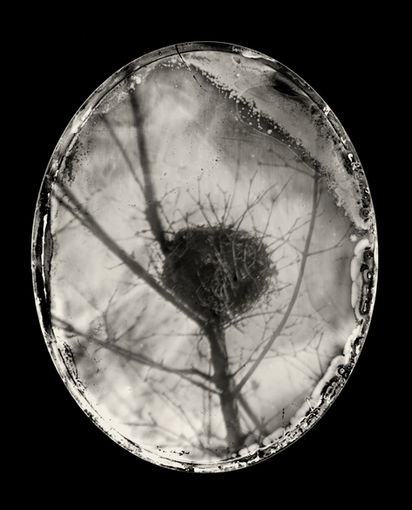
An Elegy for the Honeybee
In ancient cultures, honeybees were symbols of immortality and resurrection. As one of only two domesticated insects, humans have been caring for bees for centuries. Today bee populations are in trouble. Many factors have contributed to a decline in bee populations and to the colony collapse disorder phenomenon.
Demand for bee-pollinated foods is growing faster than bee populations, which has led to practices of shipping bee colonies across the country for different crop seasons. This puts a great amount of stress on the bees and makes them susceptible to disease. Certain pesticides are suspected to add to the problem, as well as crop monocultures that leave barren dead zones for bees in the off-season, when the single crop is no longer flowering. All of these factors and more have led to increasing concern for the health of the honeybee.
In my series An Elegy for the Honeybee, I have begun to address this topic through photography. These images were made with the wet plate collodion process. I cut plates in hexagon shapes to mimic the honeycomb. I learned that bees have compound eyes made up of many tiny lenses called facets, each one taking in a section of the bee's vision. The brain then creates one mosaic-like picture. Though a bee’s eye has many more facets than there are plates in these images, I have tried to incorporate this difference in vision into my work. I also discovered that bees do not see the color red, but have a range more attuned to blue, green, yellow, violet, and ultraviolet areas of the spectrum. A distinctive visual effect of the wet plate collodion photo process is that it, like bees, also does not register red.
In my past photographic work, I have often used historical processes to reinterpret history. Through learning the laser cutter, I have been able to find new ways to use historical processes and to address what I consider to be a significant current issue.







